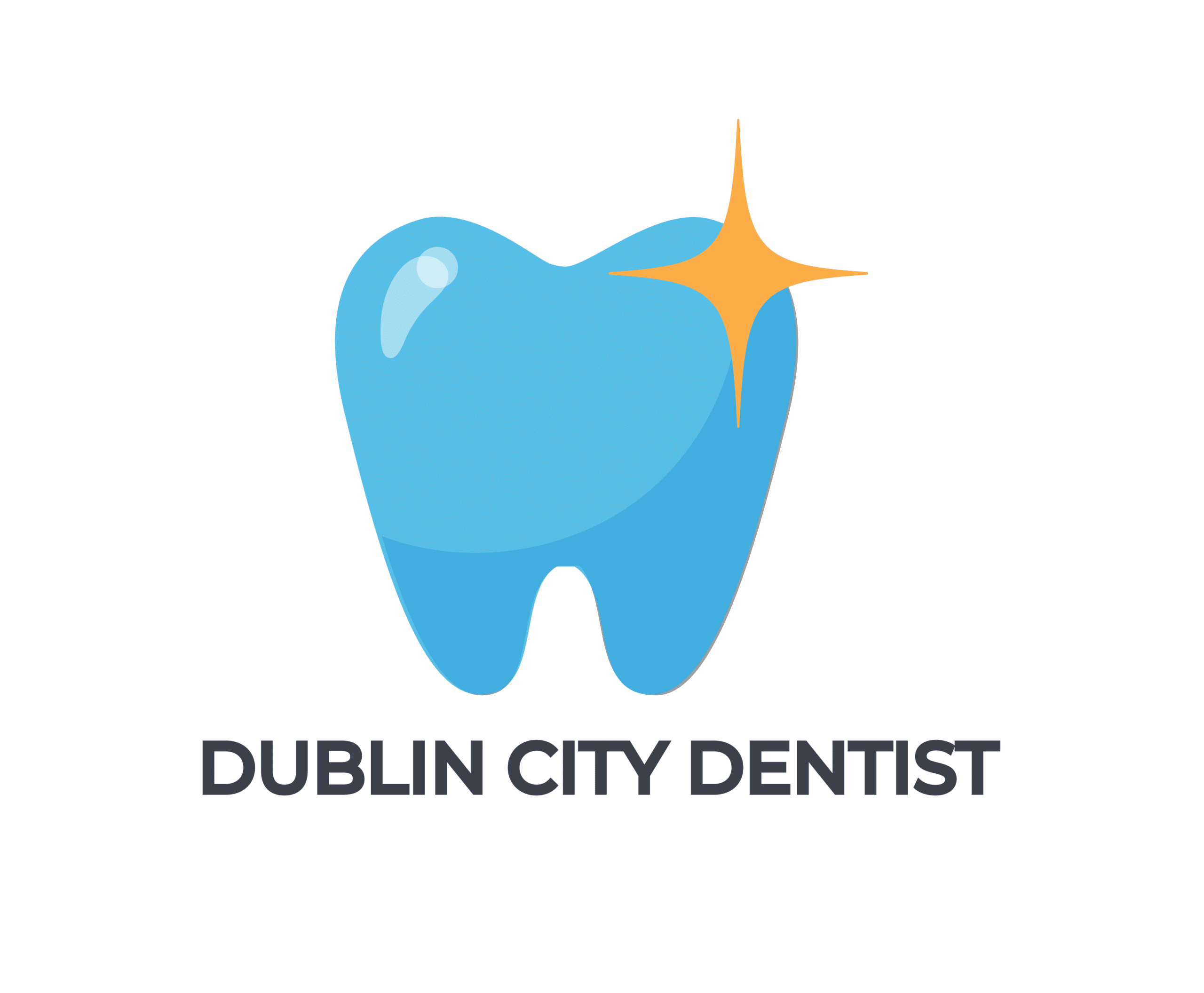How to Remove Tartar and Plaque – Best Treatments

So, you want to know how to keep your smile sparkling? Well, it’s not just about brushing and flossing, though those are super important too! Let’s dive into what tartar and plaque are all about and how we can tackle them together.
Firstly, let’s understand what tartar and plaque are and how they develop. Plaque is a sticky film of bacteria that forms on the surface of your teeth when sugars and starches from food interact with bacteria in your mouth. If plaque isn’t removed through regular brushing and flossing, it hardens into tartar, also known as calculus, which cannot be removed by brushing alone and requires professional intervention.
The Signs
Here are the signs that you may have tartar and plaque buildup:
- Yellow or brown deposits on the teeth.
- Bad breath that persists even after brushing.
- Gum inflammation or tenderness.
- Visible tartar buildup along the gumline.
- Increased sensitivity to hot or cold foods and drinks.
Best Treatments for Tartar and Plaque Removal
Professional Dental Cleaning
Regular dental cleanings by a dental hygienist are essential for removing tartar and plaque buildup that cannot be eliminated through regular brushing and flossing. During a professional cleaning, we use specialised instruments to remove tartar and plaque from the surfaces of your teeth and along the gumline. This thorough cleaning helps prevent gum disease and tooth decay.
Scaling and Root Planing
Scaling and root planing, also known as deep cleaning, is a more intensive treatment for removing tartar and plaque in patients with gum disease. This procedure involves carefully scraping tartar and plaque from the tooth surfaces and smoothing the roots to remove bacteria and promote gum healing. Scaling and root planing are typically performed under local anaesthesia to ensure patient comfort.
Ultrasonic Cleaning
Ultrasonic cleaning is a modern technique used by many dental practices to remove tartar and plaque effectively. This procedure utilises a vibrating metal tip and water spray to break up tartar and plaque deposits on the teeth quickly and efficiently. Many patients prefer ultrasonic cleaning due to its effectiveness and comfort compared to traditional scaling methods.
Dental Sealants
Dental sealants are thin, protective coatings applied to the chewing surfaces of the back teeth (molars and premolars) to prevent tartar and plaque buildup. Sealants act as a barrier, preventing food particles and bacteria from settling into the grooves and crevices of the teeth. While sealants are more commonly used in children, they can also benefit adults who are prone to cavities and tartar buildup.
Good Oral Hygiene Practices
Prevention is key to avoiding tartar and plaque buildup. Maintaining good oral hygiene practices such as brushing your teeth twice a day with fluoride toothpaste, flossing daily, and using mouthwash can help remove plaque before it hardens into tartar. Additionally, eating a balanced diet low in sugars and visiting your dentist regularly for check-ups and cleanings can help keep tartar and plaque at bay.
Expert Tips to Prevent Tartar and Plaque Buildup
- Stay Hydrated: Drinking plenty of water throughout the day helps wash away food particles and bacteria that can contribute to plaque formation.
- Use Tartar Control Toothpaste: Look for toothpaste specifically formulated to control tartar buildup. These toothpastes often contain ingredients like fluoride and pyrophosphates that help prevent tartar formation.
- Eat Crunchy Fruits and Vegetables: Snacking on crunchy fruits and vegetables like apples, carrots, and celery can help naturally clean teeth and remove plaque.
- Limit Sugary and Starchy Foods: Sugary and starchy foods promote plaque formation, so limiting your intake of candies, sodas, and refined carbohydrates can help reduce tartar buildup.
- Quit Smoking: Smoking not only stains teeth but also contributes to tartar and plaque buildup and increases the risk of gum disease. Quitting smoking is essential for maintaining oral health.
- Use an Electric Toothbrush: Electric toothbrushes are often more effective at removing plaque than manual toothbrushes. Consider investing in an electric toothbrush with oscillating or rotating bristles for optimal plaque removal.
By incorporating these tips and treatments into your oral care routine, you can significantly reduce the risk of tartar and plaque buildup and maintain a healthy smile for years to come. Remember, your oral health is an integral part of your overall well-being, so don’t hesitate to reach out if you have any questions or concerns. Let’s work together to keep your smile bright and healthy!

We are welcoming new patients!
Why wait to get the perfect smile you’ve always wanted?
Our team of experts is committed to providing personalized care and attention, and we take the time to listen to your concerns and answer all of your questions.



